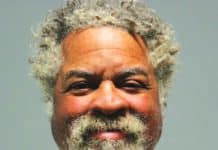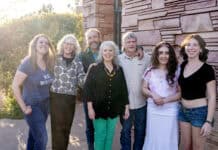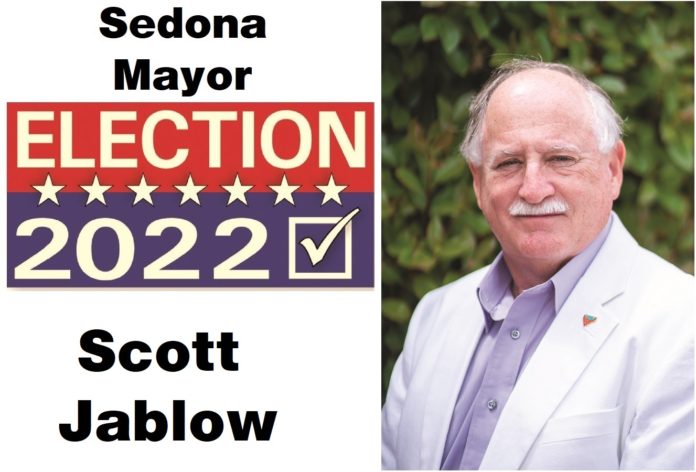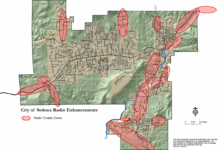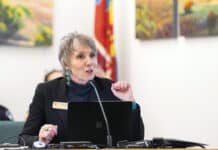Q: What drew you to live in Sedona?
After numerous vacations in Sedona, we couldn’t imagine a better place to live.
Q: Have you ever stayed at a short-term rental property before?
No.
Q: Why are you running for mayor?
Having seen multiple changes during my 10-plus years of service in Sedona, I know the time has come for a serious leadership change in implementing the direction of our future.
Q: Why are you qualified to be mayor?
My proven history of successful relationship-building with federal, state and local officials as well as members of our community is unparalleled. As a former Port Authority [of New York and New Jersey Police Department] police officer, community service, both professionally and personally, has always been a priority in my life. Being a recipient of multiple awards, including a legislative resolution by the New York State Assembly, a New York State Proclamation and a town citation by the town of Hempstead [N.Y.], clearly demonstrates my ongoing dedication to service. It has been my sincere privilege similarly to serve Sedona — first as a member of the Sedona Fire District Governing Board, then as a city councilman and most recently as vice mayor. I look forward to providing ongoing stable and dependable leadership as your next mayor.
Q: What do you believe is the solution for traffic issues in Sedona?
The [Sedona In Motion] 10-year project, designed to mitigate traffic and eliminate “pinch points” to improve traffic flow, has already shown a positive impact and I remain committed to moving as rapidly as possible to complete the remaining projects. Regulating traffic is an ongoing negotiation with [Arizona Department of Transportation] due to its exclusive control over the two state highways running through our city.
Q: Other than traffic, what do you believe are the top three issues facing Sedona?
n Clearly, the short-term rental issue is the most serious and far-reaching problem facing Sedona. The most exceptionally difficult challenge is the Arizona State Legislature, which has eliminated any and all local control — literally forcing short-term rentals upon us.
n We have challenges with both the federal government and the U.S. [Forest Service] which seem more focused on regulating foot traffic on their trailheads — and less focused on motorized [off-highway vehicles]. Having already secured state representative support, I will work to change both the way OHVs are regulated and to mitigate their environmental impact.
n As noted, short-term rentals without sufficient regulation, effectively eliminated affordable workforce housing — causing both labor shortages and homelessness. In past years, Cottonwood, Clarkdale and Camp Verde served Sedona well, providing more diverse and affordable housing for workers while remaining within reasonable commuting distance. Now facing those same issues, they are no longer viable options.
Q: What steps do you think the city should take to make Sedona more affordable for workers?
To ensure Sedona makes the most well-informed decisions on housing, I supported employing the expertise of a housing manager and the implementation of a down payment assistance program. I also fully support the public-private partnership with Sunset Lofts for the development of a 46-unit apartment complex dedicated to the local workforce employed anywhere within the city limits working 30 hours or more.
Q: How do you plan to appeal to all different voters in Sedona?
Relationship-building is what establishes trust, then dialogue within a diverse population. People need to know they’ll be heard so that all opinions are considered before moving anything forward.
Q: If you could only pick one goal, what would you wish to accomplish in the next two years?
I would like to see a cap on the number of non-owner-occupied [short-term rentals] permitted and regaining local control. I believe our lobbyist’s experience and acumen will aid in accomplishing this. As I learned a long time ago, never give up.



